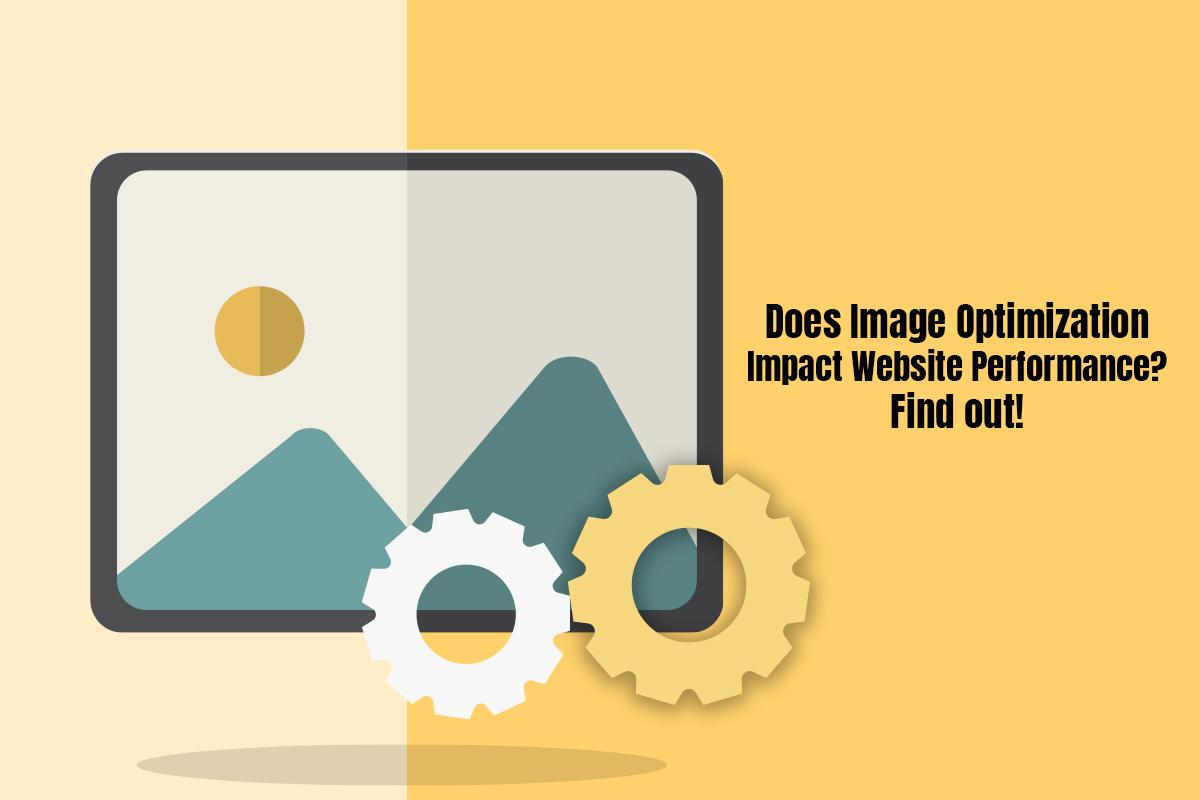Images are an integral aspect of websites. After all, pictures are worth a thousand words, and people don’t have the time to read huge chunks of text. That’s why images play an important part in capturing the attention of the audience and engaging them.
If you want your website to stand out from the rest, you know better than to disappoint Google and other search engines. That’s why website designers follow the rules and regulations set by Google so that the website can quickly rank on the SERPs.
For starters, the content must be written plainly, and there must not be too much jargon. You must also optimize the content using the right keywords to make it easier for search engine crawlers to understand, index, and rank your website content. While you’re at this, don’t forget about the images used in your website. Avoid using stock images, as that will make your website appear like any other. Instead, you can include high-quality images that faithfully represent your brand. Then, don’t forget to optimize the images. First, compress the images to reduce the file size, so your website doesn’t take too long to load. Second, add alt text so that search engine crawlers can understand what the images are about.
Image optimization impacts website performance in several ways. Here’s how.

- Enhances Website Loading speed
Page load speed is the time taken for a website to load completely. The page loading speed depends on several factors, including your website’s host to the website’s layout and design.
Websites that take less than two seconds to load are preferred by site visitors. If you optimize 64% of the weight of the website, you can improve the website’s loading speed. As you know, images take up a lot of website weight, and if you optimize the images, you can instantly improve the website’s speed.
This will ensure your visitors get a faster experience and get to interact with your products or services without wasting time.
If you are unaware of your website’s loading speed, you can use the tools available in the marketplace. For instance, Web Page Test and Google’s PageSpeed Insights are excellent tools for analyzing the loading speed of your website. These tools will provide you with complete insights about your web page.
- Enhances Conversions
To improve your search engine rankings, you must capture the attention of as many users as possible. It is essential to drive traffic to your websites and ensure they convert. The website loading speed is directly related to conversions and SEO ranking.
If your website loads slowly, you will lose customers. Visitors coming to your site will bounce as soon as they are unsatisfied with your website’s performance. As a result, they will not recommend your website to anyone.
- Augments SEO Efforts and helps with Ranking
In 2010, it was made clear that website loading speed is an essential ranking factor. Google and other search engines do not like slow websites. Therefore, if you want to improve your website’s ranking, you must think of optimizing images to improve the page loading speed.
Google has rolled out this update by making it clear that, just like the users, search engines do not prefer slow websites. That’s why this was added as a ranking factor. So if your website is fast, you have a shot at ranking higher on the SERPs.
In 2023, Google has given more importance to fast loading pages and also responsive websites because more and more people are using their smartphones to surf the web. Therefore, your website must be optimized for mobile, and the images must be compressed so the website page can load quickly.
- Helps With Improving User Engagement
If you analyze the websites attracting users and having a high conversion rate, you will see that user experience is an essential part of the process. Therefore, websites that do not offer a good user experience fail to impress their target audience.
You can improve the user experience of your website by optimizing the images used on the website. This will improve the loading speed and offer users a great experience. Also, you must ensure the website page loads quickly across all devices.
There are studies proving that users leave websites that are slow and don’t come back. For example, if the website takes 2.4 seconds to load, you will experience approximately a 24% bounce rate.
The faster your pages load, the better will be the return rate. This means that customers will keep coming back if they get a faster experience. They will also recommend your website to others.
Conclusion
You cannot ignore the benefits of image optimization and how it impacts website performance. In addition to improving ranking, image optimization boosts revenue numbers and conversion. Therefore, you must not take image optimization lightly.